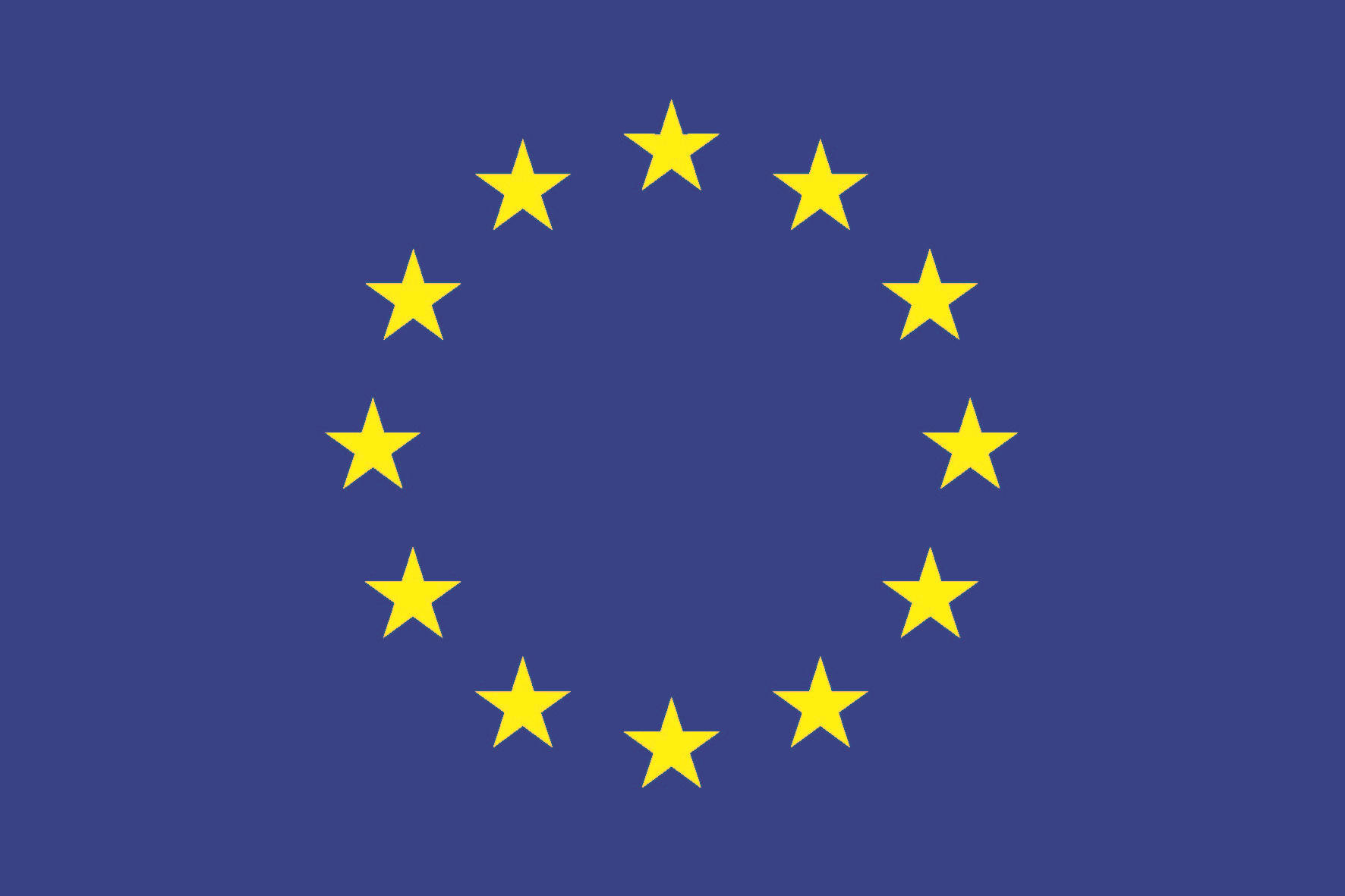Establishing reliable data on food waste and harmonising quantification methods
|
|
A study published by FUSIONS "Report on review of (food) waste reporting methodology and practice" in January 2014 explores, through an extensive and thorough literature review, the different methodologies which have been used for quantifying food waste in Europe and elsewhere. Together with the "Review of EUROSTATs reporting method and statistics" published in June 2013, it serves as a basis for the development of a harmonised approach on quantitative techniques within the FUSIONS project. FUSIONS has also published a "Food Waste Quantification Manual" to support EU Member States (MS) in establishing more reliable monitoring and reporting of national food waste data at each stage in the food supply chain. The Manual can be used as a reference by researchers and Member State authorities to develop coherent methods for acquiring food waste data in order to fill in data gaps more effectively. |
|
|
This report presents estimates of food waste arisings in the EU-28, in line with the new "FUSIONS Definitional Framework" (Östergren et al, 2014). The estimates produced are more closely aligned to 2012 and they have high uncertainity due to the limited number of underlying studies of sufficient quality available. |
|
This paper presents preliminary results of the FUSIONS report "Estimates for European food waste levels" published in March 2016 and it highlights the environmental impacts of food waste as illustrated in the report "Criteria for and Baseline assessment of environmental and socio-economic impacts of food waste" published in November 2015. |
|
| FUSIONS also looked at specific topics within socio-economic assessments, which are impacts on health and nutrition, impacts on food prices and social impacts from food redistribution organisations, such as food banks or social supermarkets as they are linked to social innovation. |

 Copyright © 2016 | EU FUSIONS |
Copyright © 2016 | EU FUSIONS |